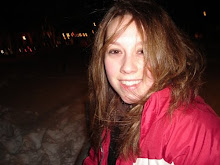
While reading the novel, Aunt Safiyya, in the last two chapters the reader meets “the outlaws.” I find this term interesting because to me, it is used to describe a group of criminals. The image I get in my head is of the traditional American, old western outlaw. A rugged, rough and tumble criminal that drinks excessively and is not entirely all that smart. But the image the book portrays is one of maybe a group of rogue militia, but at the same time their interaction with the narrator’s father, Harbi, and the other monks definitely contrasts the standard image one gets with the term outlaw. These men are friends or at least sympathetic to Harbi and want to honor him as well as his friends. The bring gifts and are respectful to Harbi, the narrator’s father and even the villagers. When asked to leave because the image of having outlaws staying in their village looked inappropriate, the leader, Faris, reacts calmly to the request as opposed to Hinein. Faris even tells the narrator’s father that they arrived to the village by train which significantly contrasts the image in my head of country western outlaws thundering in on horses. I thought this was a very unique view of criminals for this novel, and it was one of situations that broke down a stereotype I had of what an outlaw is.

Wow, you are right! When I thought about the outlaws, I subconsciously thought about cowboys and Indians the whole time!!! hmm, his outlaws were very interesting... more so than our cowboys, I think!
ReplyDeleteI love that comment about thundering in on horse back vs taking the train! :)
ReplyDeletethat is interesting that because of our culture and our historical past we mentally revert back to what we know, and in a way that is taking away from the imagery of the novel
ReplyDelete